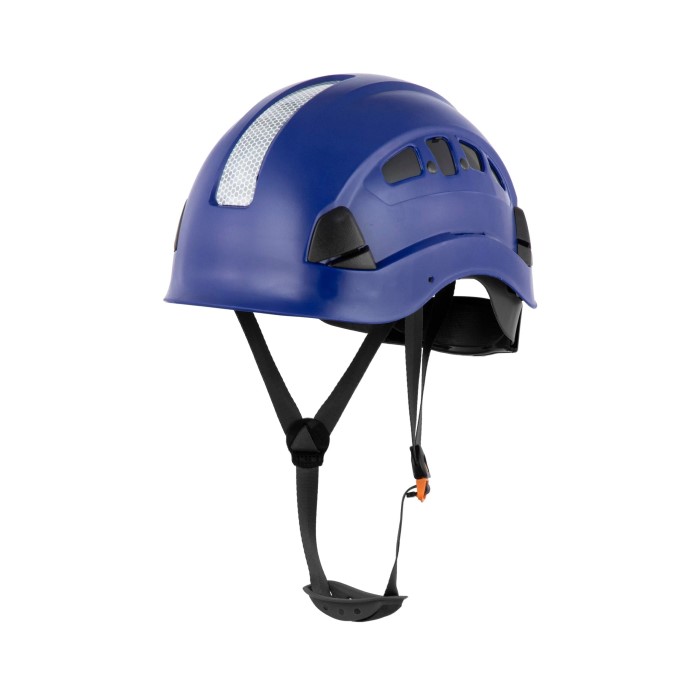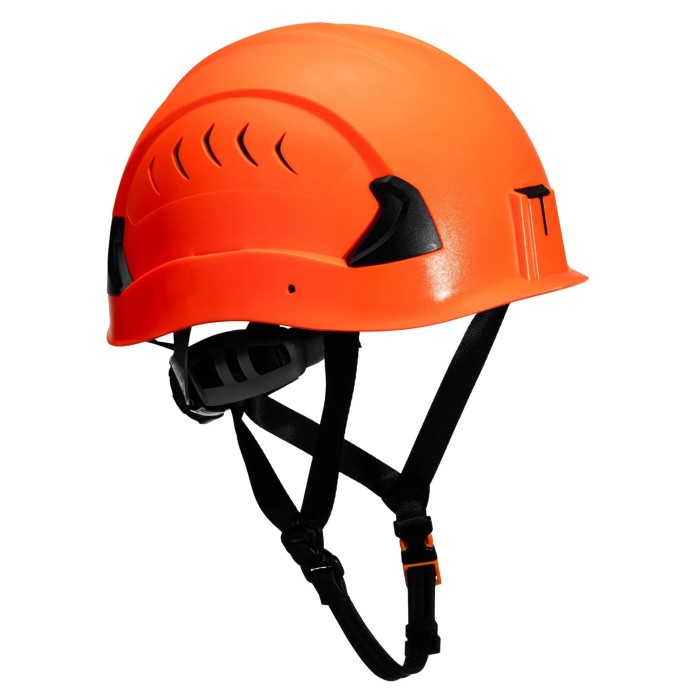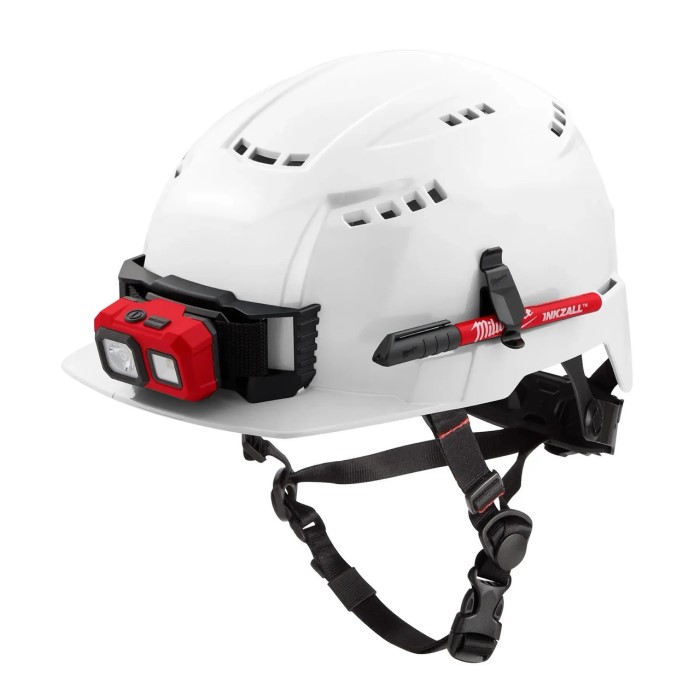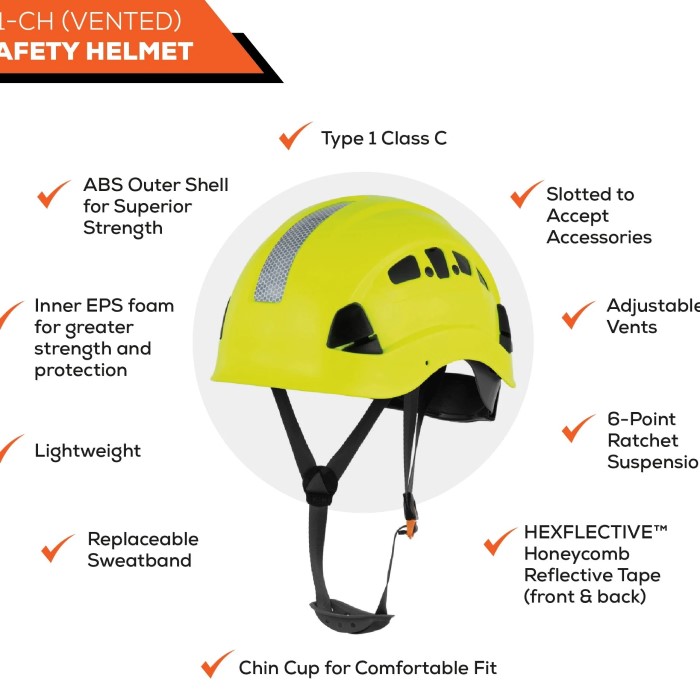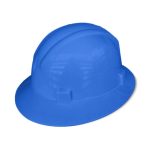Introduction
When it comes to workplace safety, having the right personal protective equipment (PPE) is of utmost importance. Among these, the Class C helmet stands out as an essential piece of gear for many workers. These helmets are particularly crucial in environments where there are risks of head injuries from falling objects or impacts. In this article, we will explore the significance of Class C helmets, identify their characteristics, and understand the distinctions between various helmet classifications. By the end, readers will have a comprehensive understanding of Class C helmets’ role in promoting safety in the workplace.
What is a Class C Helmet?
A Class C helmet is engineered primarily for environments where electrical risks are not a significant concern. Unlike other classifications, Class C helmets are designed to provide protection from impact and penetration from falling or flying objects. Their design prioritizes comfort and lightweight features over electrical insulation capabilities.
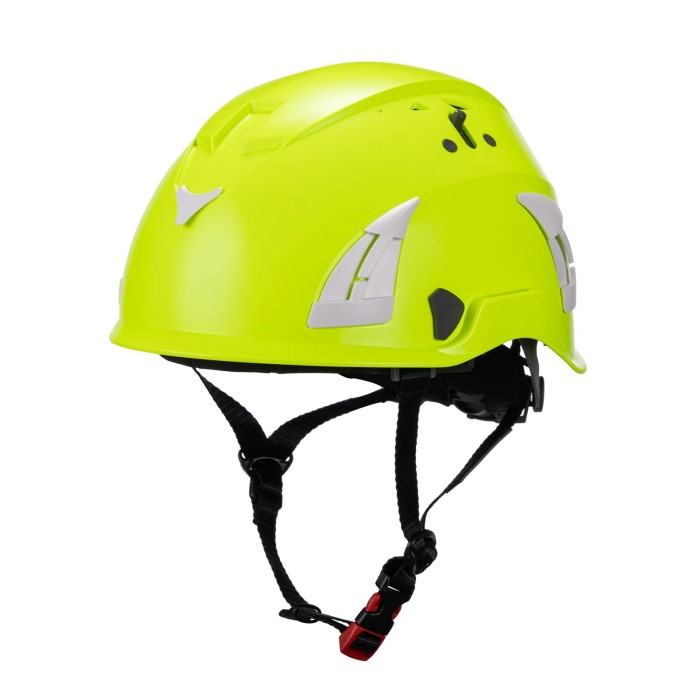
Key Features of Class C Helmets:
- Material Composition: Most Class C helmets are made from high-density polyethylene (HDPE) or other impact-resistant materials. This choice of material ensures a blend of durability and enhanced comfort.
- Ventilation: Many modern Class C helmets are equipped with ventilation holes or channels. This feature is particularly useful in hot environments, as it promotes airflow and keeps the wearer cool during prolonged use.
- Comfort and Fit: Adjustable suspension systems are commonly found in Class C helmets. These systems allow individuals to achieve a snug fit, ensuring that the helmet remains securely in place during various activities.
Importance of Wearing
Wearing a Class C helmet is not just a matter of compliance; it is a fundamental aspect of personal safety. Here are several reasons why these helmets are vital:
- Protection Against Head Injuries: Head injuries are one of the most common types of workplace accidents.
- Comfort and Usability: The lightweight design of Class C helmets makes them practical for day-to-day use. Workers can comfortably wear these helmets throughout their shifts without feeling fatigued or hindered.
- Compliance with Safety Standards: Many workplaces are governed by safety regulations that mandate the use of appropriate head protection. Having a Class C helmet ensures compliance with these standards, thereby promoting a culture of safety.
- Visibility: Many Class C helmets are available in bright colors, enhancing visibility on job sites. This characteristic is particularly crucial in busy environments where the presence of moving machinery is common.
- Enhanced Team Dynamics: Using a standardized helmet color, such as a Class C helmet, can foster a sense of identity and team spirit among workers. This cohesive environment can contribute positively to morale and collaboration.
Class C Helmets Versus Other Helmet Classes
It’s crucial to understand how Class C helmets fit within the broader context of helmet classifications. Helmets are generally classified into three primary categories: Class A, Class B, and Class C.
A Helmets
- Protection Level: These helmets provide impact protection and test for electrical insulation up to 2,200 volts.
- Usage Areas: Class A helmets are suitable for environments that involve electrical work or exposure to electrical hazards, such as utility companies.
B Helmets
- Protection Level: Class B helmets offer high-impact protection and rate for electrical shock resistance up to 20,000 volts.
- Usage Areas: These helmets are commonly worn by workers in industries that necessitate a high level of electrical safety. Such as telecommunications and electrical maintenance.
C Helmets
- Protection Level: Class C helmets provide impact protection but do not insulate against electrical hazards.
- Usage Areas: Commonly used in construction and general industry workplaces where workers face minimal electrical risks but still require head protection.
Selecting the Right Helmet for Your Needs
Choosing the appropriate safety helmet is crucial for ensuring protection against workplace hazards. Here are important factors to consider when selecting a helmet:
Assess Work Environment:
- Begin by thoroughly evaluating the hazards present in your workplace to ensure you choose the appropriate safety gear.
- If your work environment poses potential risks of electrical exposure, you should opt for a Class A or Class B helmet, as these offer enhanced protection against electrical hazards.
- Conversely, if the environment has minimal electrical risks, a Class C helmet may be sufficient, providing standard protection for general work conditions.
Comfort and Fit:
- Ensuring that your helmet fits properly is crucial for both safety and comfort.
- The helmet should sit snugly on your head without causing pressure or discomfort; a tight fit can lead to irritation during extended wear.
- Make use of adjustable straps and padding available in most helmets to enhance comfort and achieve a secure fit that accommodates head movement without being restrictive.
Ventilation Features:
- Consider the climate and temperature conditions of your work environment when selecting a helmet.
- Helmets equipped with ventilation features can significantly improve airflow, allowing for better cooling and comfort, particularly in hotter temperatures.
- Enhanced ventilation not only aids in keeping the wearer cool but also reduces sweat buildup, helping to maintain focus and productivity throughout the workday.
Accessibility of Accessories:
- Evaluate whether you require additional accessories, such as face shields or earmuffs, to enhance your protection while working.
- Ensuring compatibility with accessories allows for a more comprehensive safety approach, protecting you against a wider range of potential hazards on the job site.
Maintaining Your Class C Helmet
To ensure the longevity and effectiveness of your Class C helmet, regular maintenance is essential. Here are key maintenance tips:
Inspect Regularly
- Frequency of Inspections: It’s essential to check your helmet frequently to ensure it remains in good condition. Aim for a quick inspection before each use or at least once a month.
- Signs of Wear: Look for specific indicators that your helmet may need attention, including cracks, dents, and any noticeable fading of the materials. These signs can signal that the helmet may no longer provide adequate protection.
- Addressing Issues: Catching potential problems early can prevent them from escalating into serious safety concerns, ensuring your helmet remains effective during use.
Cleaning
- Regular Maintenance: Consistent cleaning of your Class C helmet is vital for its longevity and hygiene. Make it a routine to clean your helmet after extended use, especially if it has expose to dirt or sweat.
- Cleaning Method: Use a mild soap and warm water solution for cleaning. Apply it gently to avoid damaging the surface.
- Chemical Caution: Stay away from harsh chemicals and abrasive cleaners, as these can degrade the helmet’s materials and compromise its protective qualities.
Proper Storage
- Storage Environment: When your helmet is not in use, store it in a cool, dry area. This helps prevent environmental factors from affecting its integrity.
- Avoiding Sunlight: Keep your helmet away from direct sunlight. Prolonged exposure to UV rays can lead to weakening of the helmet’s structure, reducing its ability to protect you effectively.
- Temperature Considerations: Excessive heat can also negatively impact the helmet, so ensure it store at a stable temperature, away from sources of heat.
Replacement Guidelines
- Impact and Wear Assessment: Class C helmets should replace after any significant impact, as even if there are no visible signs of damage, the protective features may have compromis.
- Monitoring Wear: Look for any indications of significant wear and tear, such as structural deformities or repeated contact with hard surfaces.
- Manufacturer’s Recommendations: Always refer to the manufacturer’s guidelines regarding replacement intervals, as they provide specific recommendations based on the materials and construction of your helmet. This ensures you are following best practices for safety.
Frequently Asked Questions (FAQs)
What is a Class C Helmet?
A Class C helmet is designed primarily for impact protection and is not suitable for electrical insulation. It is commonly used in environments with minimal electrical risks.
What are the Classes of Helmets?
The classification of helmets typically includes:
- Class A: Provides impact protection with electrical insulation up to 2,200 volts.
- Class B: Provides impact protection with electrical insulation up to 20,000 volts.
- Class C: Provides impact protection only, with no electrical insulation.
What is a Class G Helmet?
Class G helmets are engineered for impact resistance and have a rating for electrical insulation up to 2,200 volts. They are suitable for environments with electrical exposure risks.
What are Class B Hard Hats?
Class B hard hats offer impact protection and are tested for higher electrical shock resistance, up to 20,000 volts. They are ideal for use in electrical work or high-risk environments.
The Importance of Training and Education
Education and training play essential roles in promoting the effective use of Class C helmets and other safety gear. Employers should consider implementing regular training programs that cover helmet usage, maintenance, and the importance of wearing appropriate PPE.
Conclusion
In conclusion, the Class C helmet is a crucial component of workplace safety that provides reliable head protection for workers in various industries. Understanding its characteristics, benefits, and maintenance will help ensure that workers remain safe and compliant in their respective environments.
By prioritizing the selection and proper care of Class C helmets, individuals can significantly reduce the risk of workplace injuries. Investing in a Class C helmet is not merely a regulatory requirement; it is a commitment to the health and safety of yourself and your colleagues. When it comes to head protection, a Class C helmet offers peace of mind while allowing you to focus on your tasks efficiently and safely.
